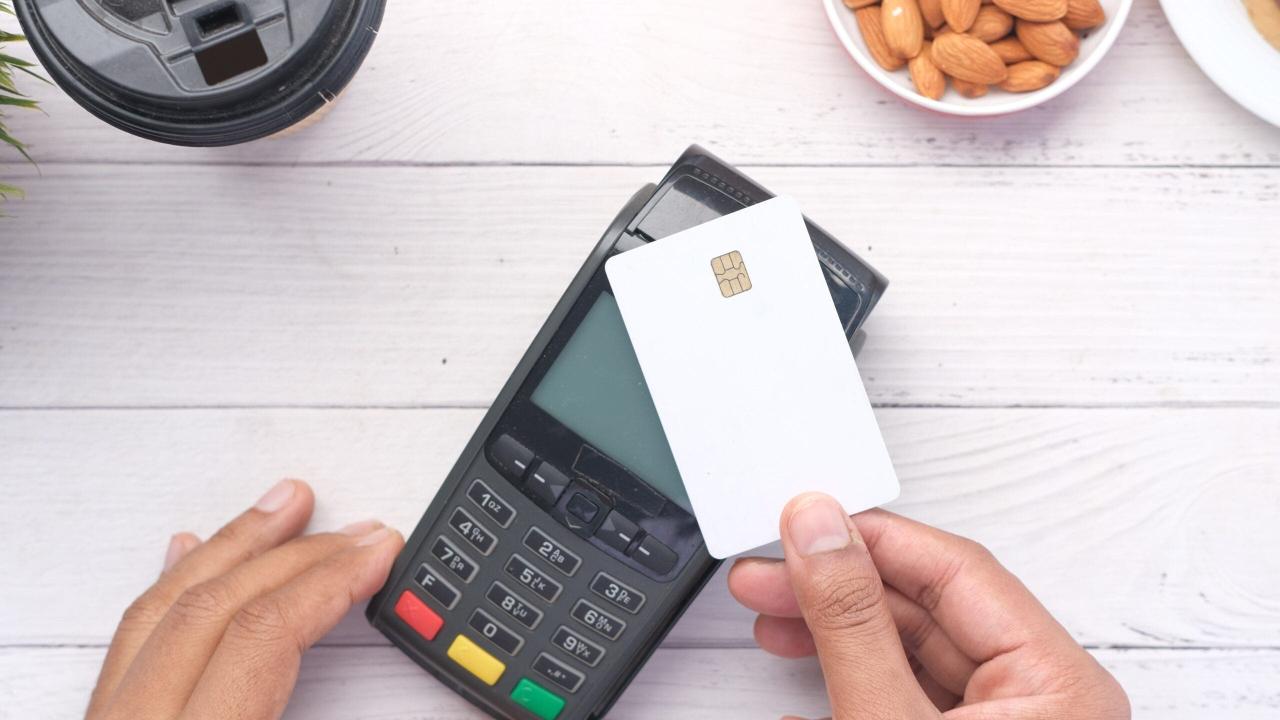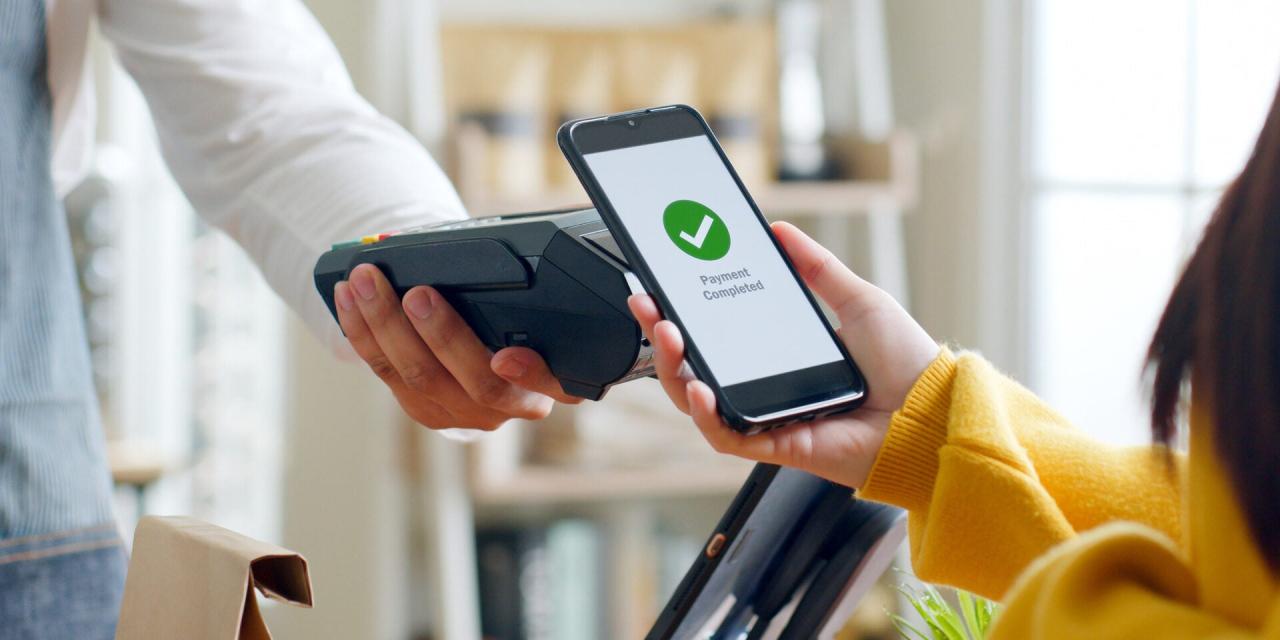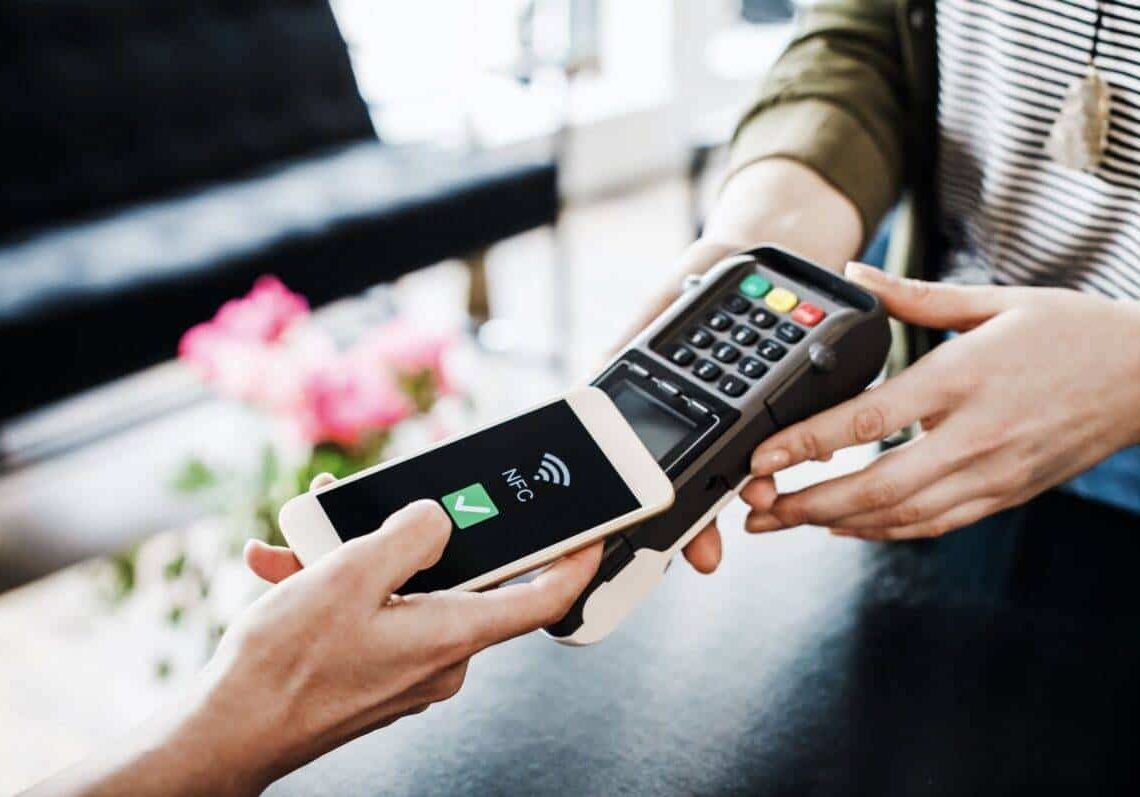In the fast-evolving financial landscape, a monumental shift is redefining how we transact, spend, and manage money: the unprecedented surge of digital payments. Far from a mere convenience, this ubiquitous method of exchange is reshaping economies, democratizing financial access, and fundamentally altering the very nature of commerce worldwide.
From seamless online shopping and tap-and-go in-store purchases to instant peer-to-peer transfers and cross-border remittances, digital payments are poised to become the dominant form of financial interaction, driving efficiency and innovation across every sector. This comprehensive article delves into the core principles of digital payments, exploring their foundational technologies, the diverse applications across various industries, and the critical challenges that accompany their widespread adoption.
What are Digital Payments?

At its essence, digital payments refer to any form of monetary transaction where funds are transferred electronically from one account to another, without the physical exchange of cash or checks. This broad category encompasses a wide array of methods, from online banking transfers and mobile wallet transactions to cryptocurrency payments and contactless card tap-and-go systems. The defining characteristic is the reliance on digital technology to facilitate the exchange of value, creating a paperless, often instantaneous, and more secure financial flow.
The rise of digital payments is driven by several key factors: convenience, speed, security, and increasing connectivity. They offer unparalleled ease of use, allowing transactions to occur anywhere, anytime, with just a few taps or clicks. This frictionless experience is increasingly becoming the expectation for consumers and businesses alike.
Key characteristics defining the digital payment ecosystem include:
- Electronic Transfer: Funds move directly between accounts via digital networks, bypassing physical cash handling.
- Speed and Efficiency: Transactions often occur in real-time or near real-time, significantly faster than traditional methods like checks.
- Convenience: Payments can be made from various devices (smartphones, computers, wearables) and locations.
- Enhanced Security (relative): While not immune to fraud, digital payment systems often incorporate advanced encryption, tokenization, and multi-factor authentication, offering robust security features.
- Traceability: Digital transactions create an automatic, verifiable record, simplifying accounting, auditing, and fraud detection.
- Accessibility: Digital payments can extend financial services to underserved populations who may not have access to traditional banking infrastructure.
- Integration: Seamlessly integrate with e-commerce platforms, mobile applications, and point-of-sale (POS) systems.
A. Foundational Technologies Powering Digital Payments’ Soar
The unprecedented surge and widespread adoption of digital payments are intrinsically linked to breakthroughs in several core technological domains, constantly evolving to offer greater security, speed, and user experience.
- Mobile Technology and Smartphones: The ubiquitous nature of smartphones is arguably the single most critical enabler.
- Mobile Wallets: Applications like Apple Pay, Google Pay, Samsung Pay, and various proprietary bank or e-wallet apps (e.g., OVO, Dana in Indonesia) allow users to store card details and make payments via NFC, QR codes, or in-app purchases.
- QR Codes: Widely adopted in many markets, QR codes facilitate quick, contactless payments, especially popular in developing economies for their low infrastructure requirements.
- In-App Payments: Seamless payment integration within mobile applications for services, content, or purchases.
- Near Field Communication (NFC): A short-range wireless technology that enables communication between two devices (e.g., a smartphone and a POS terminal) when they are brought within a few centimeters of each other.
- Tap-and-Go Payments: Powers contactless credit/debit cards and mobile wallet payments at POS terminals, offering a fast and secure checkout experience.
- Tokenization: A security process that replaces sensitive payment card data (like a 16-digit card number) with a unique, randomly generated “token” during a transaction.
- Enhanced Security: If intercepted, the token is useless to fraudsters as it does not contain actual card details, significantly reducing the risk of data breaches. Widely used in mobile payments and online transactions.
- Blockchain Technology and Cryptocurrencies: While a newer frontier, blockchain is poised to disrupt traditional payment rails.
- Decentralized Transactions: Cryptocurrencies (like Bitcoin, Ethereum) enable peer-to-peer digital transactions without intermediaries, offering transparency and immutability.
- Reduced Cross-Border Fees: Blockchain can significantly lower fees and accelerate settlement times for international remittances and large-value cross-border payments.
- Smart Contracts: Potentially automates payment releases based on predefined conditions, revolutionizing escrow and conditional payments.
- Cloud Computing: Provides the scalable, flexible, and secure infrastructure necessary to process the massive volumes of digital transactions globally.
- High Availability: Ensures payment systems are always accessible, even during peak loads or unexpected surges.
- Data Analytics: Enables payment providers to analyze transaction data for fraud detection, risk management, and personalized financial services.
- Application Programming Interfaces (APIs): APIs facilitate seamless communication and integration between different financial systems, payment gateways, e-commerce platforms, and banking applications.
- Open Banking: APIs enable third-party developers to build innovative financial services by securely accessing customer banking data (with consent), fostering competition and innovation.
- Biometrics: Using unique biological characteristics (fingerprints, facial recognition, iris scans) for user authentication in payment processes.
- Enhanced Security and Convenience: Offers a convenient and highly secure method for authorizing transactions, reducing reliance on passwords.
- Artificial Intelligence (AI) and Machine Learning (ML): These are increasingly integrated into payment systems for intelligence and security.
- Fraud Detection: AI/ML algorithms analyze transaction patterns in real-time to detect and prevent fraudulent activities with high accuracy.
- Risk Assessment: Enhances credit scoring and assesses transaction risk more precisely.
- Personalized Financial Management: AI can analyze spending habits to offer personalized budgeting advice or savings recommendations.
Digital Payments’ Transformative Impact Across Industries
The pervasive influence of digital payments is fundamentally reshaping business operations, enhancing customer experiences, and creating entirely new commercial models across an astonishing variety of sectors.
A. Retail and E-commerce
Digital payments are the bedrock of modern retail, driving convenience and enabling global commerce.
- Frictionless Online Shopping: Integrated payment gateways allow customers to complete purchases quickly and securely, reducing cart abandonment and boosting sales for e-commerce businesses.
- Contactless In-Store Payments: NFC-enabled cards and mobile wallets allow for quick, secure, and hygienic tap-and-go payments at physical retail locations, speeding up checkout times.
- Global Market Access: Businesses can accept payments from customers worldwide, expanding their market reach without needing local banking presence in every country.
- Personalized Offers: Transaction data enables retailers to offer personalized discounts, loyalty rewards, and promotions, enhancing customer retention and driving repeat business.
- Reduced Cash Handling Costs: Minimizing cash transactions reduces the operational costs associated with cash management, security, and reconciliation for retailers.
B. Financial Services and Banking
Digital payments are pushing traditional financial institutions to innovate, streamlining operations and enhancing customer experience.
- Instant Transfers: Peer-to-peer (P2P) payment apps and faster payment systems allow individuals to send and receive money instantly, revolutionizing personal finance.
- Open Banking Initiatives: APIs enable secure data sharing, fostering a new ecosystem of third-party financial apps and services that leverage payment data to offer innovative solutions to consumers.
- Cross-Border Remittances: Digital platforms significantly reduce fees and accelerate the speed of international money transfers, benefiting migrant workers and global businesses.
- Enhanced Fraud Prevention: AI-driven analytics of digital payment streams allows banks to detect and prevent fraudulent activities in real-time, protecting customers and financial integrity.
- Financial Inclusion: Digital payment infrastructure can bring banking services to unbanked and underbanked populations, particularly in developing economies, through mobile money and digital wallets.
C. Transportation and Logistics
Digital payments are integrating into transportation networks, making travel and logistics more efficient.
- Ride-Sharing and Public Transit: Apps like Uber, Grab, and public transport ticketing systems allow for cashless, seamless payment for rides and fares, often with integrated digital wallets.
- Food and Grocery Delivery: Digital payments are fundamental to the success of delivery services, enabling pre-payment for orders and cashless transactions upon delivery, simplifying the logistics chain.
- Toll Payments: Automated digital toll collection systems use electronic tags or license plate recognition linked to digital payment accounts, speeding up traffic flow on highways.
- Fleet Management: Digital payment solutions simplify fuel purchases, maintenance payments, and driver expense management for logistics companies.
D. Healthcare
Digital payments are improving the administrative efficiency and accessibility of healthcare services.
- Online Bill Pay: Patients can easily pay medical bills online or via mobile apps, simplifying the billing process for both patients and healthcare providers.
- Telehealth Payments: Secure digital payment integration enables seamless payment for virtual consultations, making telehealth services more accessible.
- Insurance Claim Processing: Digital payment systems can streamline the reimbursement process for insurance claims, speeding up payouts to providers and patients.
- Patient Financial Management: Providing patients with digital tools to understand and manage their healthcare costs and payment options.
E. Government and Public Sector
Governments are adopting digital payments to enhance efficiency, reduce corruption, and improve service delivery.
- Tax Payments: Citizens can pay taxes online or via mobile apps, simplifying compliance and streamlining revenue collection for governments.
- Public Service Payments: Paying for licenses, permits, fines, and other government services digitally improves convenience for citizens and reduces administrative overhead.
- Social Benefit Disbursements: Governments can disburse welfare payments, unemployment benefits, or disaster relief funds directly to digital wallets, increasing efficiency and reducing fraud.
- Reduced Corruption: Digital transactions create a clear audit trail, reducing opportunities for corruption often associated with cash-based systems.
Challenges and Considerations in the Soaring Digital Payments Era

Despite their immense benefits and widespread adoption, the rapid surge of digital payments presents significant challenges and critical considerations that demand careful attention from consumers, businesses, and regulators.
A. Cybersecurity Risks and Fraud
- Data Breaches: Storing sensitive financial information (even tokenized) with payment providers or e-commerce sites makes them attractive targets for cybercriminals. A breach can expose user data and erode trust.
- Phishing and Scams: Digital payments are a prime target for phishing emails, fake websites, and social engineering scams designed to trick users into divulging credentials or authorizing fraudulent transactions.
- Malware and Ransomware: Malicious software can target payment terminals, online banking systems, or user devices to intercept transactions or steal financial data.
- Account Takeovers (ATOs): Weak authentication or compromised credentials can lead to unauthorized access to digital payment accounts, resulting in fraudulent transactions.
- Cryptocurrency Volatility and Security: While offering unique benefits, cryptocurrencies are often volatile, and their decentralized nature means lost keys or compromised wallets can result in irreversible financial loss.
B. Regulatory and Compliance Complexities
- Fragmented Regulations: The global nature of digital payments means navigating a complex patchwork of national and international financial regulations (e.g., anti-money laundering (AML), know-your-customer (KYC), consumer protection laws).
- Cross-Border Challenges: Different regulations and legal frameworks across countries can complicate international digital payment flows, hindering seamless global transactions.
- Taxation of Digital Assets: The taxation of cryptocurrencies and other digital assets is a rapidly evolving and often ambiguous area, posing challenges for users and businesses.
- Consumer Protection: Ensuring adequate consumer protection, dispute resolution mechanisms, and fraud liability in a fast-evolving digital payment landscape remains a continuous challenge for regulators.
C. Financial Inclusion and Digital Divide
- Access to Technology: While digital payments can promote financial inclusion, they rely on access to smartphones, internet connectivity, and digital literacy, which are not universal, potentially excluding underserved populations.
- Digital Literacy: A lack of understanding about digital security, online risks, and how to use digital payment platforms can make vulnerable populations susceptible to scams or misuse of services.
- Exclusion of Cash-Preferred Users: As societies move towards cashless, individuals who prefer or rely on cash (e.g., elderly, unbanked) may face exclusion.
- Infrastructure Gaps: Reliable internet and electricity infrastructure are prerequisites for widespread digital payment adoption, which can be lacking in remote or developing regions.
D. User Experience and Merchant Adoption
- User Friction: Despite efforts for seamlessness, issues like complex authentication, technical glitches, or confusing interfaces can still create friction for users, leading to abandoned transactions.
- Merchant Resistance: Smaller businesses, especially in traditional sectors, may be hesitant to adopt digital payment solutions due to perceived costs, technical complexity, or lack of customer demand.
- Interoperability: While improving, seamless interoperability between all digital payment platforms, banks, and merchant systems is not yet universal, causing occasional inconvenience.
- Transaction Fees: While often lower than traditional methods, digital payment transaction fees can still be a concern for small businesses, impacting their profit margins.
E. Economic and Societal Impacts
- Privacy Concerns from Data Trails: Every digital transaction leaves a data trail, raising concerns about mass surveillance by corporations or governments and the potential for behavioral profiling.
- Monetary Policy Control: The rise of private digital currencies (e.g., stablecoins) and decentralized finance (DeFi) could challenge traditional central bank control over monetary policy.
- Power Concentration: Large digital payment platforms could wield significant power over commerce and financial data, potentially leading to monopolistic practices.
- Impact on Informal Economy: Moving to digital payments could impact the informal economy in some regions, which relies heavily on cash.
Conclusion
The surge of digital payments is unequivocally redefining the global financial landscape, transforming how individuals and businesses interact with money. Driven by technological innovation, consumer demand for convenience, and the pursuit of greater efficiency, these electronic exchanges are unlocking unprecedented levels of speed, security, and accessibility. From revolutionizing online retail and empowering instant peer-to-peer transfers to streamlining financial services and enhancing public administration, the pervasive influence of digital payments is undeniable and continues to expand rapidly across every sector.
However, the journey towards a fully digitized payment ecosystem must be navigated with careful consideration. Addressing the formidable challenges of cybersecurity, regulatory complexity, ensuring financial inclusion, and safeguarding user privacy is essential for its long-term success and ethical deployment. By fostering collaboration among financial institutions, technology providers, regulators, and consumers, we can ensure that digital payments serve as a powerful force for global economic growth, building a more efficient, secure, and accessible financial future for all. Digital payments aren’t just soaring; they’re redefining the very essence of modern commerce.












